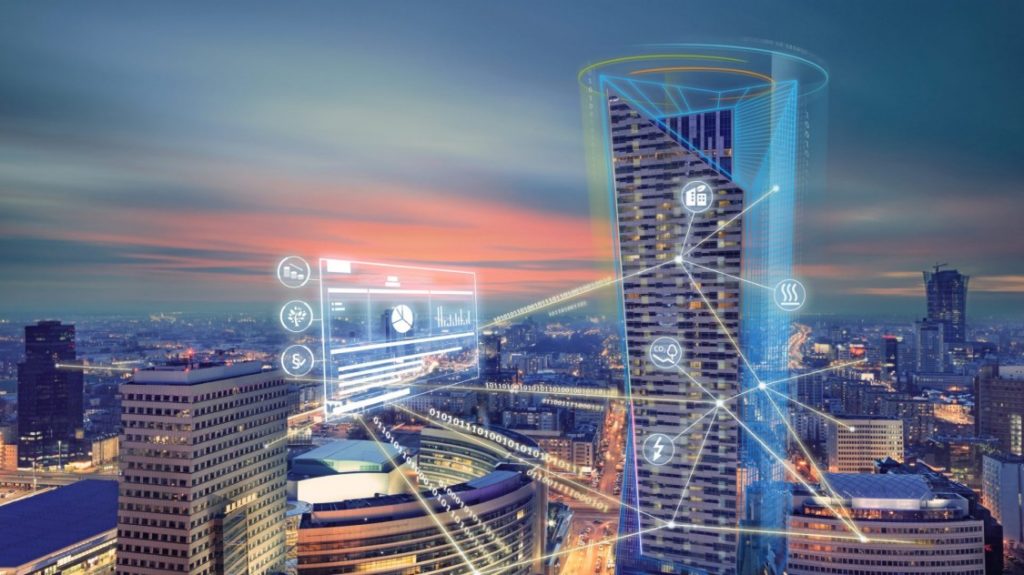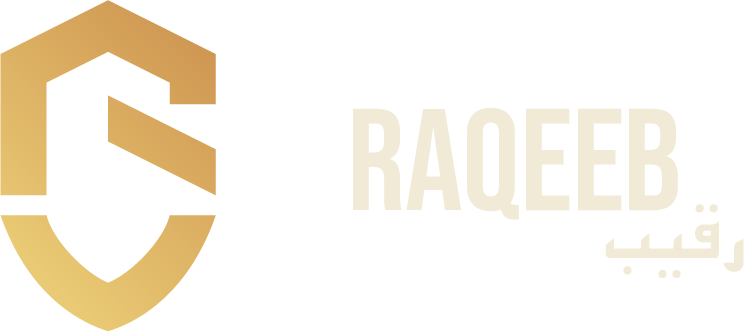We concluded in the previous blog that Artificial Intelligence driven home automation has massive unreaped potential to increase the satisfaction of residents in terms of comfort and safety, and also enables a green future of living. So, what is in it for real estate and property management providers? Intelligent energy optimisation & integrated building management through systems like Facility 4.0
allows facility providers to view entire building Key Performance Indicators and monitor life of assets. Moreover, end users can view real time data insights of their energy consumption, with machine learning offering suggestions on optimal energy usage and control load distribution accordingly. Having an intelligent building management in place improve the life of property through advanced anomaly detection and predictive maintenance strategies. These systems can be integrated with several technologies like MODBUS, BacNet, M-bus, OPC and MQTT.
The direct impact of using these systems to link up real time energy supply and demand is that energy usage optimisation is possible. This generates significant cost savings for consumers on excessive energy supply and for suppliers on excess production. Data from our platform insights page, finds that capacity costs pose a large fraction of costs to suppliers. If energy demand and supply are aligned, utility bills, carbon footprint and sudden machine breakdowns can be significantly reduced.

This quality of smart systems has meant that demand for them is growing, which indicates that real estate providers will be able to profit off of homes that have these systems installed. The duration of a customer contract will also be long-term as property management companies will be able to add value to the hassle-free standard of living. Just imagine a place where residents aren’t complaining about any inconvenience or predicted visual hazard.
The availability of online monitoring of home appliances, building assets, alerts and notifications in case of emergencies and reports to both consumers and providers through apps and GIS mapping software makes it quite easy to maintain awareness of the present quality, functionality and remaining life of any home appliances or building’s MEP structure.
This warrants quick and effective maintenance of appliances and building assets, generating further cost savings before any damage accelerates or unprecedented breakdown occurs. By improving health of equipment and facilitating demand-based energy use of appliances, safety is also enhanced.These features of smart homes and smart buildings imply that real estate providers who undertake their integration have high levels of ‘quality of life’ insurance to offer to their customers, hence improving their sale prospects.
Installing smart systems into households has the further benefit of reducing air pollutants and carbon footprint from home appliances, thus fostering sustainability and allowing companies to achieve LEED certification. Managing consumption of water and air conditioning from relevant appliances besides optimising energy usage, through machine learning, further contribute to this goal.
People, in their everyday lives, cannot manually determine their optimal energy consumption levels and times or the health status of machines and equipments. Machine learning is the prime means of achieving this, and it is unquestionably quintessential in the drive to environmental sustainability goals.
On account of these observations, intelligent energy home optimisation & facility monitoring is beneficial not only for residents, but also for property suppliers as greening energy necessitates energy efficiency, which necessitates the use of smart systems. Their installation thus affirms profitability for the real estate market.
As per a study made by Zawya on 23 rd June, 2021, UAE is the only country in the GCC to be in the global top 30 for concentration of 869-green buildings rated buildings achieving unique architecture and sustainable operations, and ranking 14 th globally. Companies, through these technologies, should have a growing desire to be sustainable and achieve net zero carbon target.
